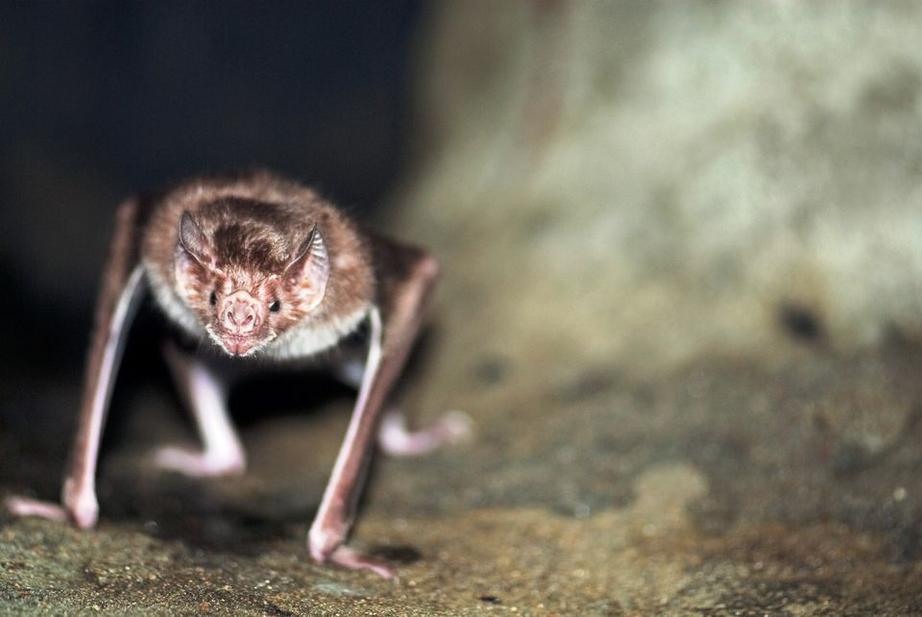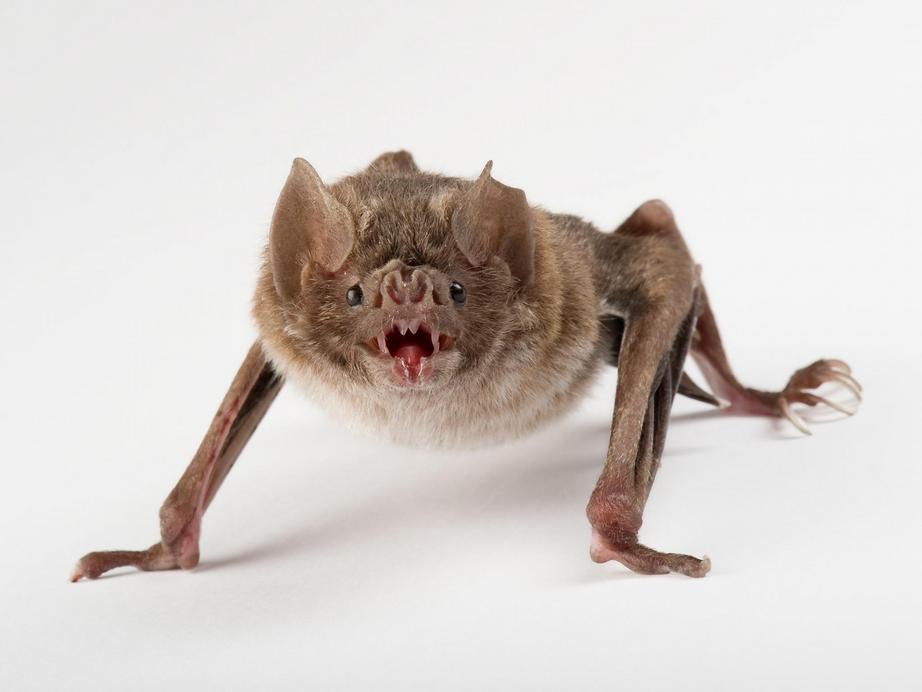Bird-loving vampire bats develop taste for human blood
Human blood is now on the menu. Wild vampire bats that were thought to exclusively feed on bird blood have been caught feeding on people for the first time, raising health concerns.
Enrico Bernard from the Federal University of Pernambuco in Recife, Brazil, and his team analysed 70 faeces samples from a colony of hairy-legged vampire bats, D. ecaudata, living in Catimbau National Park in north-east Brazil.

They found that three samples out of the 15 they managed to get DNA from had traces of blood from humans. “We were quite surprised,” says Bernard. “This species isn’t adapted to feed on the blood of mammals.”
The bats typically target large birds at night-time, sucking a spoonful of blood from a single animal as a meal. They are adapted to process bird blood, which is rich in fat, as opposed to the thicker, high-protein blood of mammals.

Previous experiments showed that when only pig and goat blood was available, many bats opted to fast, sometimes starving to death.
But human encroachment may be driving the species to try new blood. The park is now home to several human families and the bat’s usual prey, such as guans and tinamous, are disappearing due to deforestation and hunting.
Chicken dinner
Bernard and his team also found that most of the samples they tested contained the blood of chickens, commonly kept on farms in the area. “They are adapting to their environment and exploiting the new resources,” says Bernard. In a similar situation, common vampire bats were previously found to start feeding on invasive wild pigs.

The species’ new habits are a concern since it could spread disease. Vampire bats are a major transmitter of rabies, and there are often outbreaks in Brazil.
Daniel Becker from the University of Georgia in Athens, US, who is studying vampire bats in agricultural landscapes, thinks the infectious diseases carried by the species need to be investigated. “Past work has found that it carries the hantavirus,” he says. The virus can cause a respiratory disease in humans that can be fatal.

More details about how the bats bite humans will also help assess the public health risk. Bernard and his team suspect that they are entering people’s bedrooms through holes in roofs or windows, or that they target people sleeping outside in hammocks. The team is currently following up by visiting the homes of nearby residents. “We want to find out how often they are being bitten, when and how,” says Bernard.

